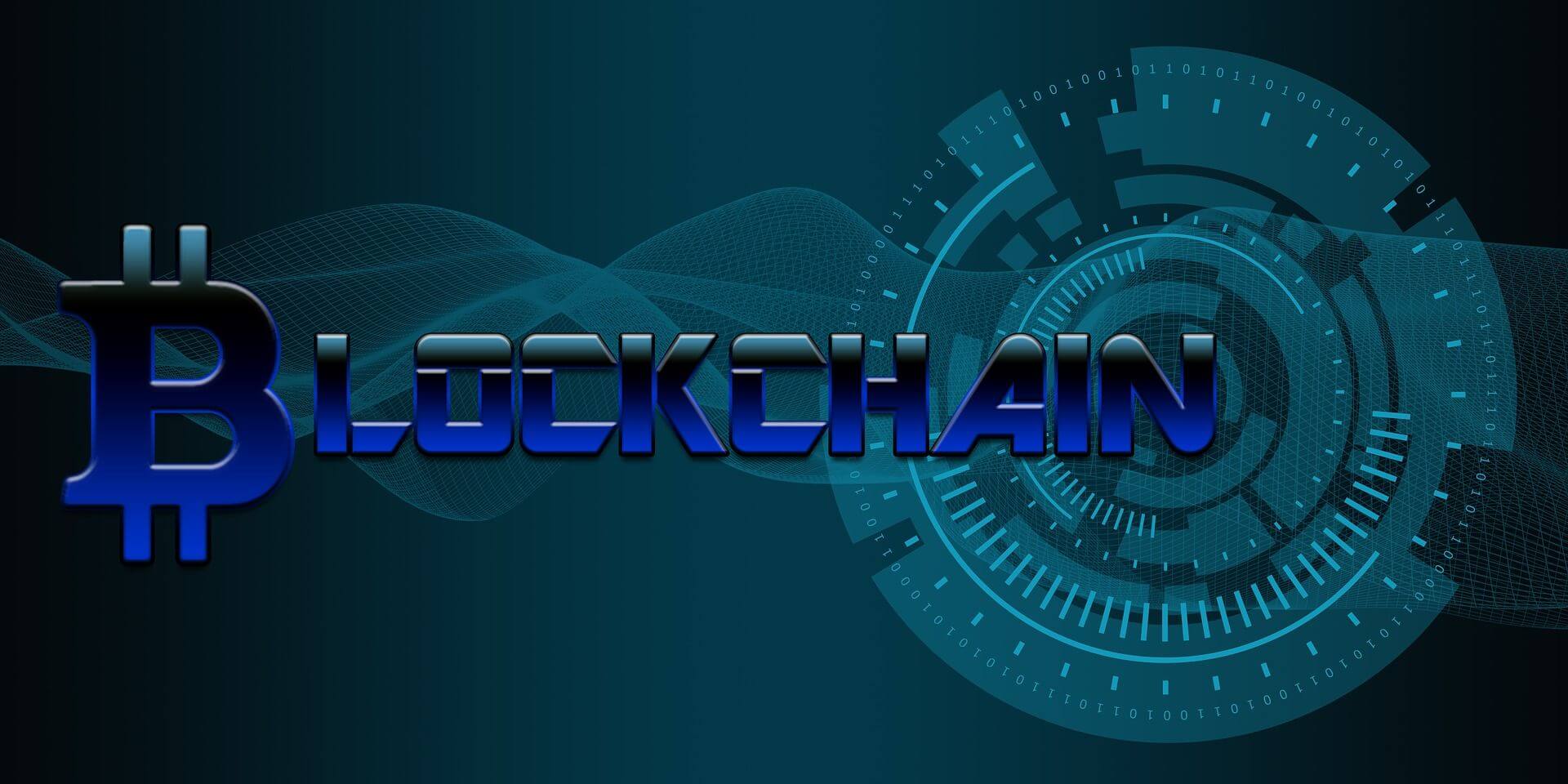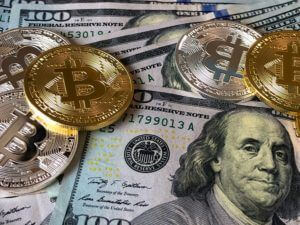
Bitcoin is a household name however the technology that underpins it still has lots of people confused or they simply have not heard of it. Blockchain technology is the fundamental reason that Bitcoin has hit the heights it has and why more and more tech companies see this as a revolutionary piece of technology.
Blockchain projects are going up by the hour. They promise to transform anything from banking to music to even agriculture.

Cryptocurrencies as many of these projects invariably lead us to are just but one manifestation of the blockchain technology. There is no doubt that a good number of these are outright scams seeking to capitalise on the current craze. The number is now placed at more than 1500, majority of them launched within the space of one year.
It is no longer surprising to find people talking about cryptocurrencies or for that matter blockchain at your local restaurant. Anything that can rocket a whole 36,000% in the space of 365 days, as Ripple did in 2017 is sure to get a lot of attention.
But back to basics, what blockchain? How is it that it could attract so much attention and hook so many people within such a short time.
For one, blockchain is no mere computer code. Anything that can give birth to a currency of sorts without central control must have something very unique about it.
Think about your ordinary bank note. What makes it function as the almost undisputable means of exchange? One of its acceptance across board. You can go anywhere an buy almost anything with it. But how can you trust that the note you are holding is the very one issued by the central bank?

Easy, just check a few security features and you can tell – in most cases at least. Bitcoin and other digital currencies have a feature that ensures that tokens cannot be duplicated. Every transaction is verified by several computers making it impossible to create replicas. If you have this and a critical mass of people willing to accept it as payment, it can begin to function as some sort of currency. But there is much more to it than this.
Origins
The origins of blockchain go back to one mysterious character or characters going by the name Satoshi Nakamoto. We meet him in 2009 when he wrote a paper that essentially created Bitcoin and inspired the current movement.
Decentralisation
One of the most outstanding feature about the blockchain technology is decentralisation. It is sometimes referred to as a decentralised ledger. This is the ability for the network to record transactions and distribute across thousands of computers. Every other transaction is compared to several copies distributed across the internet.
This has several implications. One, you do not need third parties like banks to do the clearing and forwarding.
Double Spend Problem
Now, there is the double-spend problem, especially with digital currencies. What if a holder simply makes a copy of his digital token and uses it to make several other payments?
Bitcoin and other digital currencies have a unique way of solving this. Bitcoin, for example, requires that all transactions be recorded in a public log. The public log is essentially the blockchain. You, therefore, have to really own the tokens to spend them. This not only prevents double counting; it is an ingenious way to countering fraud.
A Little Bit About Mining
Verifying transactions is an intensive process that involves solving complex mathematical problems. It requires a lot of computing power and a lot of energy. So intensive that some counties have experienced significant spikes in electricity consumption. Others have banned mining altogether.

This is essentially what we call mining. Miners get rewarded with tokens. For a miner blockchain presents an opportunity to earn tokens by solving complex mathematical puzzles.
Breaking Down Blockchain
Back to blockchain. The technology has since exploded since 2009. We do not think even Satoshi himself would have imagined the success it is enjoying right now. And we are not just talking about cryptocurrencies. Digital currencies are just part of the story about blockchain.
Distributed Database
One useful way to understand the blockchain technology is to think of it as a database. Think of it as a company spreadsheet spread across thousands of computers. This information is stored in blocks. The ledger keeps getting updates and the changes are recorded in all the computers simultaneously. There is no central authority like a bank to verify entries. The whole business happens on a peer to peer basis.

There is no centralised version so any attempt to attack it is bound to fail. The blockchain is almost impregnable so to speak. To be successful, one would have to hack the thousands of computers containing the information at the same time.
Blockchain specialist William Mougayar likens it to a Google sheet. Instead of the back and forth revisions to a document, Google sheets allow users to make see changes in real time. This is more or less the same case with blockchain.
Except the fact that these are distributed in several computers. It is like keeping several copies of a register is different locations connected and secured through a robust validation mechanism.
Incorruptible
By its nature, blockchain is incorruptible. Every exchange is done with the consent of the parties involved and there is a track record to back it up. No one can therefore make an excuse about human errors. Because of this, blockchain can be a powerful took to hold people to account.
Every transaction is visible to the public and the system reconciles itself every few seconds. Compromising it would require an immense amount of power, a feat that is practically impossible.
In its more than 9 years of existence, no one has managed to impregnate it. What is normally the case when we hear about hacking is people and exchanges failing to secure their tokens.
Potential Uses
Having gained some basic understanding about blockchain, we can have a look at some of the industries that could potentially be disrupted.
Banking
Any middleman right now has a reason to worry. As we have seen, the blockchain can more or less do everything a bank does more efficiently and at a much cheaper cost too.

With blockchain, you can easily send digital currencies like Bitcoin within seconds more securely and at a very minimal or no cost. Ripple, for instance, is a project with its sights on this industry.
Used with the XRP token, the platform can cut transfer costs by as much as 60%. The stock market is another industry to think about.
Blockchain and Security
One other major benefit of the blockchain technology is security. The technology eliminates the risks that come with holding information centrally. It is a flaw that has allowed hackers to thrive.
With blockchain, there will simply be no point of even trying. As long as you can secure your private key which is more or less your password, you are safe.
Smart Contracts
Ethereum is really one of the projects that has leveraged on the blockchain technology. One of its main innovation is the smart contract functionality where transactions self-execute only when certain conditions are met.
Sharing economy
Blockchain technology can power the sharing economy more efficiently. E-commerce could all happen in the blockchain eliminating intermediaries like Amazon.
Prediction Markets
A number of applications in the predictions markets have been found. Blockchain is the best way to harness the “wisdom of the crowd” by eliminating biases. What’s more, you can earn some tokens for buying in.
Research
The sheer computing power that is possible with blockchain is already helping researchers crunch huge chunks of data to help understand diseases like cancer.
Conclusion
The implications of blockchain are too many to even begin enumerating here. The technology is no silver bullet but it can help the world run in a better, transparent and more efficient manner.

